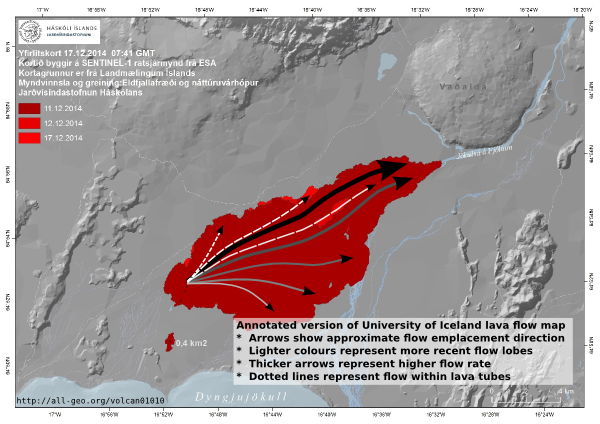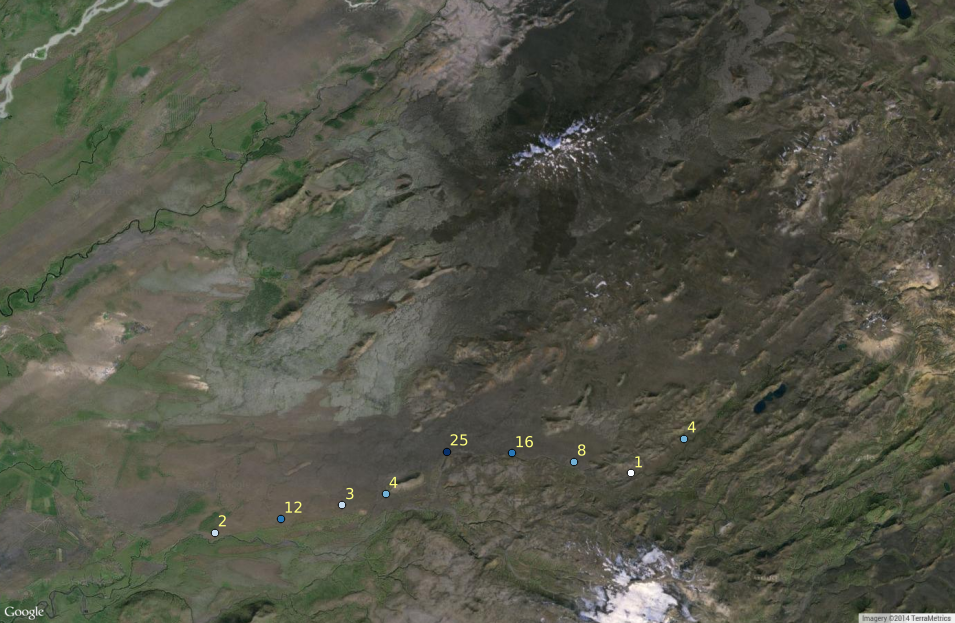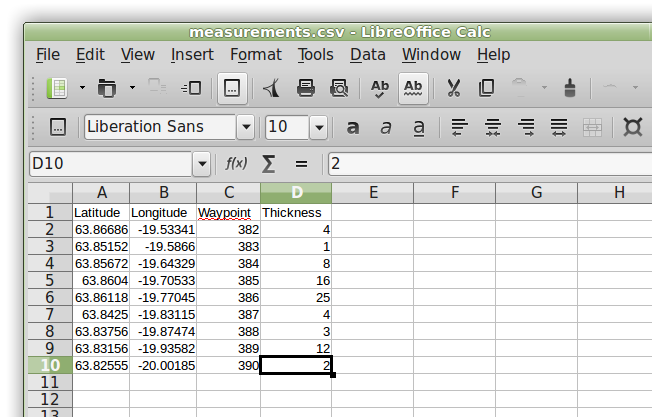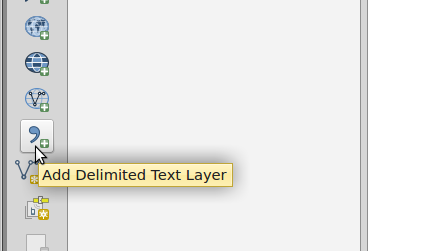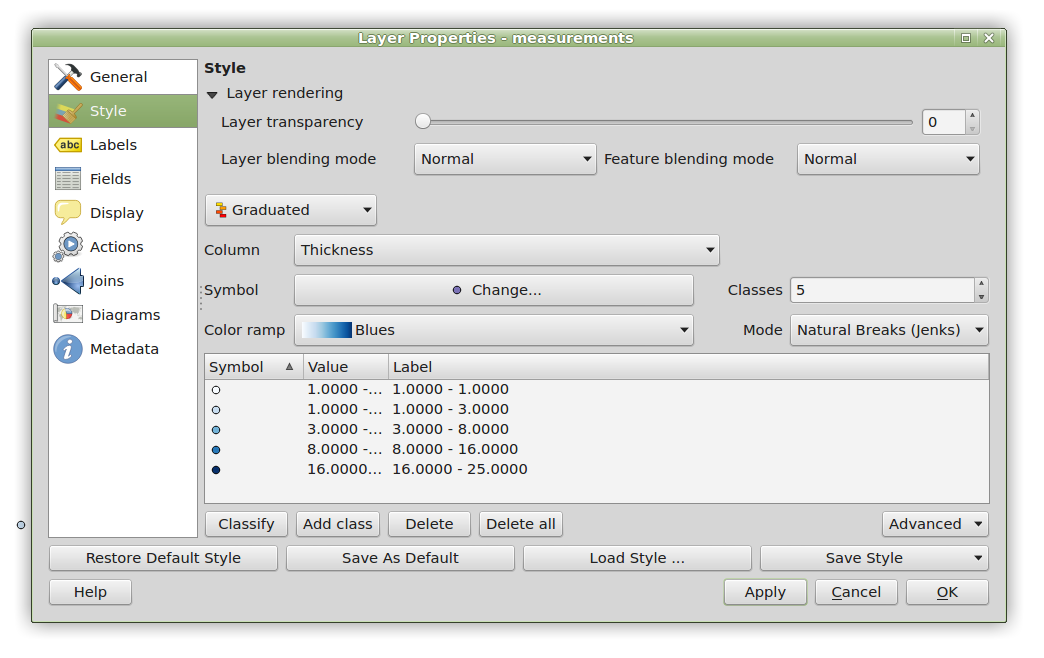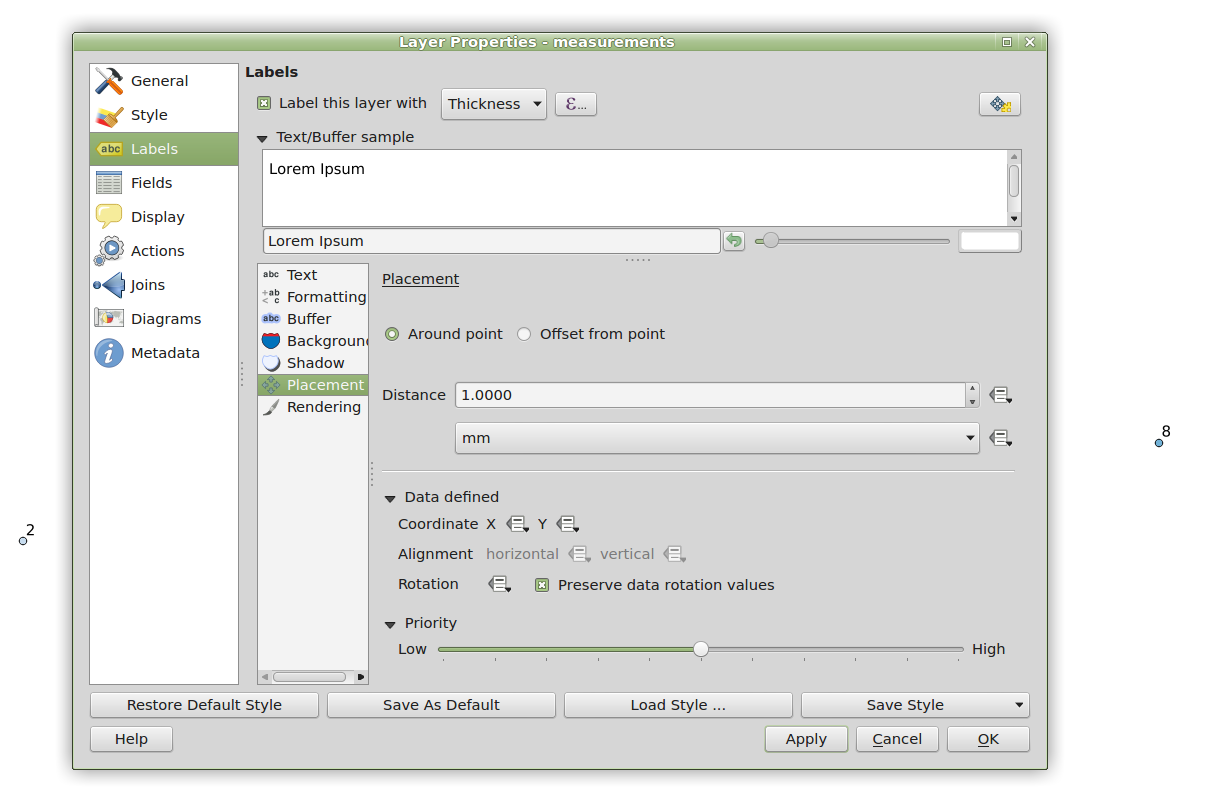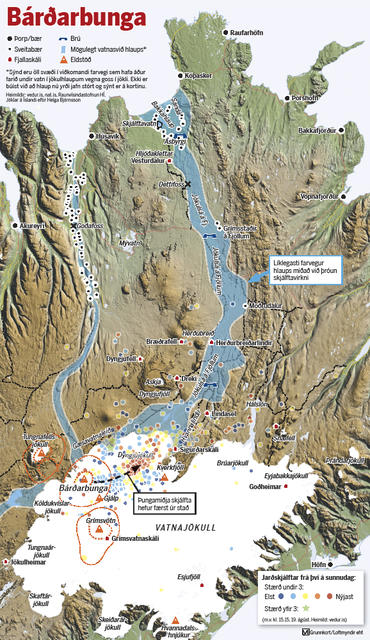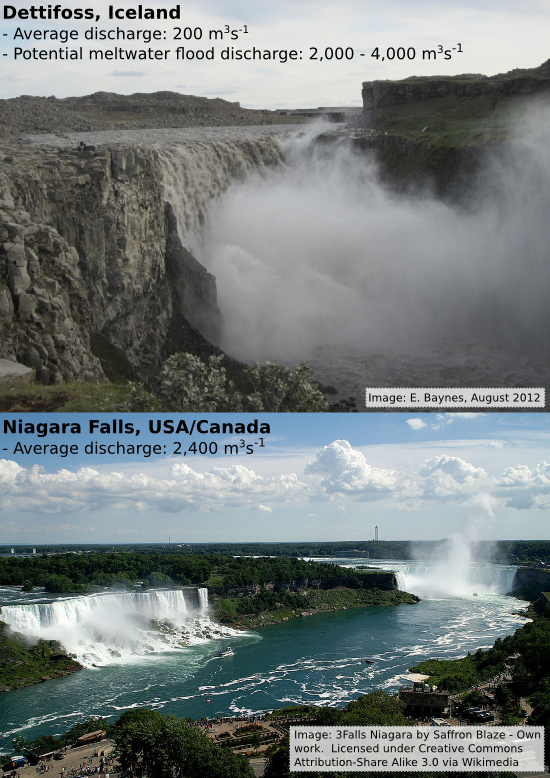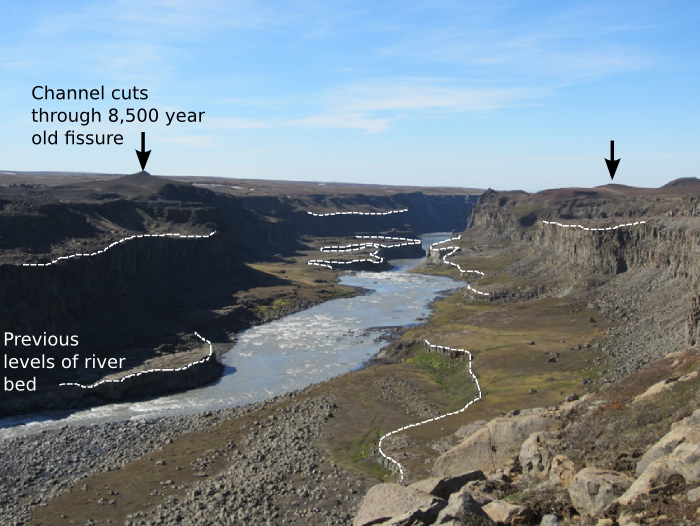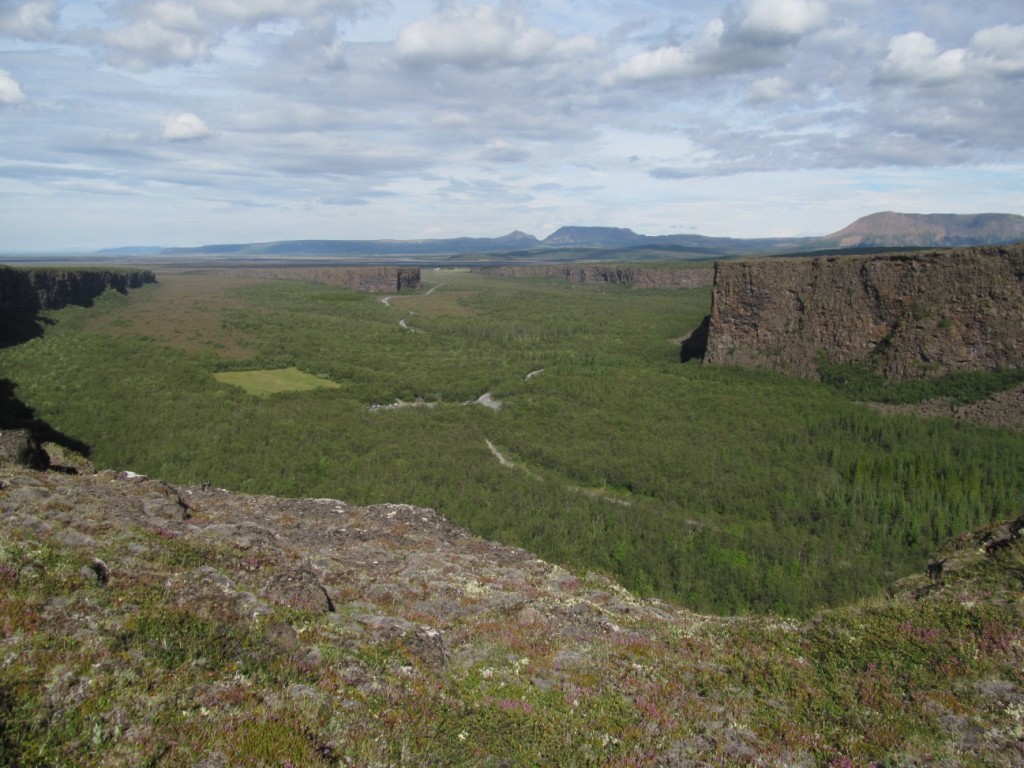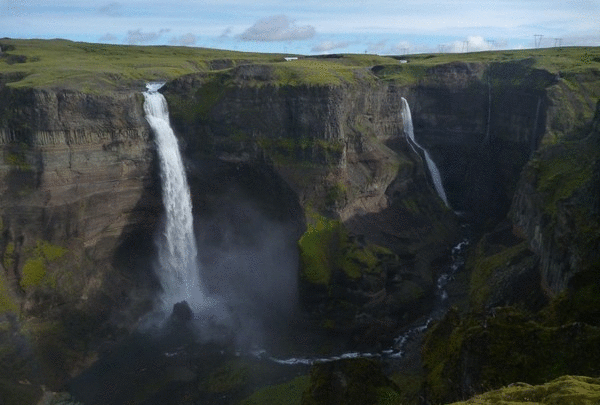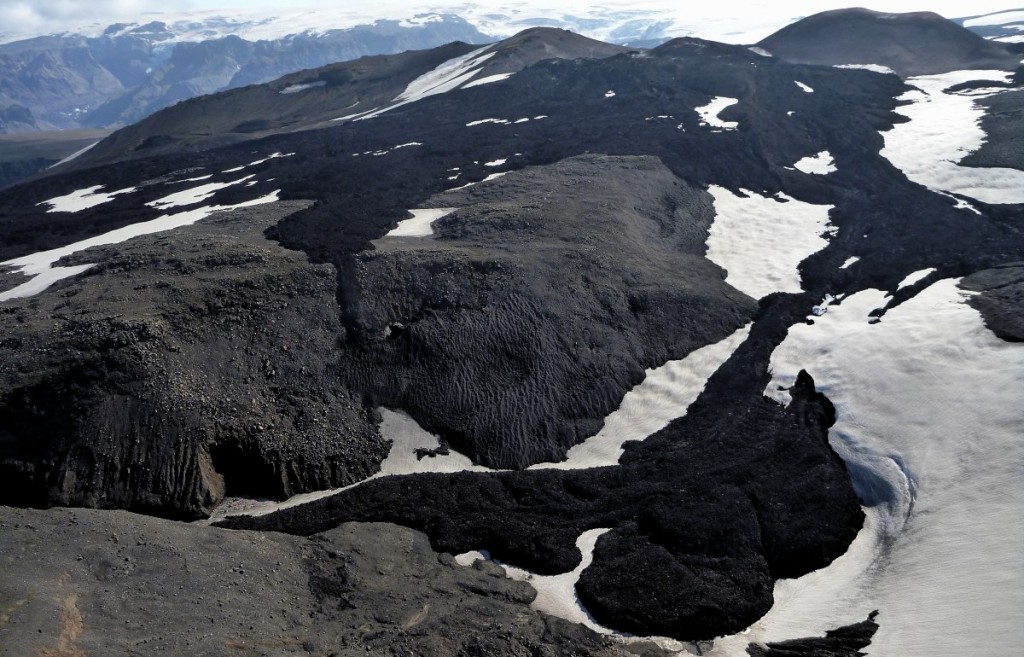Long-range transport of volcanic ash was in the news last week, thanks to a recently published study by an international team of scientists, led by Britta Jensen and Sean Pyne-O’Donnell from Queen’s University in Belfast. They showed that volcanic ash grains found in Ireland had come from an ancient volcanic eruption 7000 km away in Alaska. This must have been an impressive ash cloud!
The study is a really nice example of scientific detective work, where different pieces of evidence are pieced together to support the conclusion. This post explains what they found and what it means.
How did they find the ash?
The team extracted tiny quantities of volcanic ash from a peat bog in Northern Ireland. Needless to say, the grains are extremely small (typically 20-125 microns). Such deposits are called ‘cryptotephra’ (Greek for ‘hidden ashes’; the word ‘tephra’ applies to everything ejected by an explosive volcanic eruption) and are useful as time markers in sediments and lake deposits. If you know that age of the eruption that produced a particular layer, you know the age of the sediment in which you found it.

Example of AD860B tephra shards from Sluggan Bog, Ireland. Modified from Jensen et al (2014). Click image to view article.
Cryptotephra are extracted by roasting samples, or digesting them in strong acid, to remove the organic material, then separating the cryptotephra from other sediments using magnets or by floating in them liquids of carefully chosen densities. The grains can then be analysed under a microscope. Databases such as Tephrabase record the layers that have been found. The layer in question, known as AD860B, had been recognised in Northern Ireland, Germany and even cores from the Greenland ice sheet.
The mystery was where it came from.
How do they know it came from Alaska?
Structurally, volcanic ash is a type of glass; all the atoms that were jiggling round freely in the molten magma were suddenly frozen in place when it quenched in the atmosphere. An electron microprobe fires a beam of electrons into the glass, exciting the atoms to give off x-rays. The x-rays from each element in the sample (O, Si, Al, K, Na, Fe etc.) have their own characteristic frequency so, by recording the energy released at each one, you can calculate how much of each element is present. Jensen’s team used electron microprobes to measure the chemical composition of the ash, looking for the clues about the source volcano.
Most European cryptotephras come from Iceland, but the compositions of AD860B didn’t match any known Icelandic eruptions, especially when comparing the aluminium and iron content. The data are a much better match to tephra from Alaska’s Wrangell volcanic field.
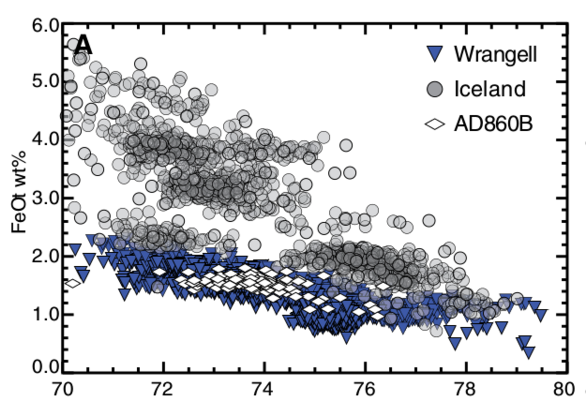
Major element geochemistry plot modified from Jensen et al (2014). Click image to view article.
Alaskan and Icelandic tephra have different compositions because of their different tectonic settings. Alaskan volcanoes are located on a subduction zone, where the Pacific tectonic plate is pushed underneath North America. Iceland is located on the mid-ocean ridge that runs through the Atlantic. The aluminium and iron contents of magma can be affected by crystallisation of a mineral called amphibole, which contains both elements and is commonly found in subduction settings but not mid-ocean ridges.
How did they know which eruption it was from?
Having identified a subduction zone volcano source, many candidates remain. Alaska, British Columbia, the Cascades and even Kamchatka or Japan are all upwind of the sample sites. Three lines of evidence were used to link the cryptotephra to an eruption of the Bona-Churchill massif volcano in Alaska that produced a widespread deposit called the White River Ash.
- There is excellent agreement on the age of each of the different deposits. Carbon dating of peat in Ireland gives a relatively wide age range of 776-887 AD. Carbon dating an Alaskan spruce tree killed by the eruption gave an age range of 833-850 AD. Ice-core tephras can be dated very precisely by counting annual layers in the ice. This gave an age of 846-848 AD.
- The geochemistry of the tephrochronology and ice core samples all fall within the range of the White River Ash (red dots on figure).

Comparison of distal tephra geochemistry with White River Ash (red circles). Modified from Jensen et al (2014). Click image to view article.
- The texture of the cryptotephra grains is similar to those examined from the White River Ash.
How does this compare to other findings?
Volcanic ash grains can travel a long way from their source. In 2011, satellites recorded ash from the eruption of Puyehue-Cordón Caulle, (Chile) circle the globe. Very distal deposits can also be identified. Last year a French team revealed that the source of a cryptotephra deposited in Greenland around 1257 AD was Samalas volcano, 13,500 km away in Indonesia. Impressively, the same layer has also been found in Antarctica. But these cryptotephra were found in ice cores. It’s much easier to find ash in ice cores because there is less contamination and because volcanic sulphate deposited at the same time forms an ‘acid spike’ that gives researchers clues where to look. Also, the grains are tiny (<5 microns), which means that they could have remained in the atmosphere for weeks before being deposited.
It is much harder to extract cryptotephras from soils or sediments, and the most distant of these typically have ranges of 2,000-3,000 km, e.g. Saksunarvatn (Grímsvötn, Iceland) ash in Slovenia or the Campanian Ignimbrite (Campi Flegrei, Italy) ash in Russia. The Queens University Belfast team already pushed that limit when they found the White River Ash and a number of tephras from volcanoes on America’s west coast in Newfoundland on the east, over 5,000 km away. Until now, there was only one example of cryptotephra found 7,000 km downwind after an intercontinental journey; ash from an eruption of Toba (Indonesia) 75,000 years ago had been found in Lake Malawi, Africa. But the Toba eruption was huge – 2,500 km3 tephra erupted – while the White River Ash is only 50 km3.
What are the implications?
Linking the AD860B ash to an Alaskan eruption raises the possibility that other unidentified cryptotephra layers also came from North America and not just from Iceland. The size of the ash reminds us that volcanic ash grains tens of microns in diameter can travel long distances. This agrees with our finding that ash deposited in the UK from Iceland’s 2011 Grímsvötn eruption came from the bottom 4 km of the plume.
The big grains also indicate deposition from a relatively concentrated ash cloud, rather than after weeks of dilute stratospheric drifting. This highlights the possibility of ash clouds from Alaska causing disruption not only in America, but across in Europe as well. It is important to be aware of this and to plan for it.
It is significant that the eruption producing the White River Ash was not huge. The size of volcanic eruptions is described by the Volcanic Explosivity Index. Small eruptions (VEI 3: up to 0.1 km3 tephra), such as the recent eruption of Pavlov volcano happen somewhere on the planet at least once per year, on average, causing only local aviation disruption. Eruptions like Toba (VEI 8: >1,000 km3 tephra) happen less than once in 10,000 years. This is a good thing. If a similar eruption happens again, missing your holiday will be the least of your worries.
An eruption of 50 km3 (VEI 6) happens about once every 100 years on average. To evaluate the threat to Europe, you also have to consider the proportion of volcanoes capable of such an eruption that are located in Alaska and how often the wind blows in the right direction. The answer will be in the cryptotephra record. We are probably talking about a couple of transatlantic ash events per millennium. If it was much more, there would be many more non-Icelandic layers in European sites. Ash from Alaska’s 28 km3 Katmai/Novarupta eruption in 1912 has been found in Greenland. Is it also in Europe, sitting beneath Katla 1918?
A few events per millennium is nothing to panic about, but if you think that it isn’t worth considering at all, bear in mind that Iceland’s ongoing Holuhraun eruption topped 1 km3 of lava last month. It now qualifies as a large magnitude fissure eruption: a once in 270 years event. These things can and do happen.
Media coverage
When I read the coverage of this story on the BBC website, I tweeted the following in dismay:
I took exception to the word imminent. Learning that transatlantic ash clouds have happened before doesn’t mean that one is about to happen now. Why would they say that, especially given the centuries-long gaps between such events? And why would the Telegraph and the Mail Online say the same, adding that such eruptions are scheduled to happen every 100 years?
Unfortunately, the wording can be traced back to the original press release, which contains the following line:
“With volcanoes like Mount Bona-Churchill – much more volatile than Eyjafjallajokull – scheduled to erupt on average every 100 years, another ash-cloud drama could be imminent, this time with consequences for trans-Atlantic as well as European travel.”
Universities are now judged on the ‘impact’ of their research, so getting widespread news coverage is important to them. However, exaggeration like this is really poor form by the Queen’s University Belfast press office. It’s also a pretty bad reflection on the churnalists who seem to have cut and pasted the story without reading the paper or getting a second opinion.
Further Reading
Original paper (Open Access):
Jensen BJL, Pyne-O’Donnell S, Plunkett G, et al (2014) Transatlantic distribution of the Alaskan White River Ash. Geology 42:875–878. doi: 10.1130/G35945.1
Other coverage:
Blog posts:


